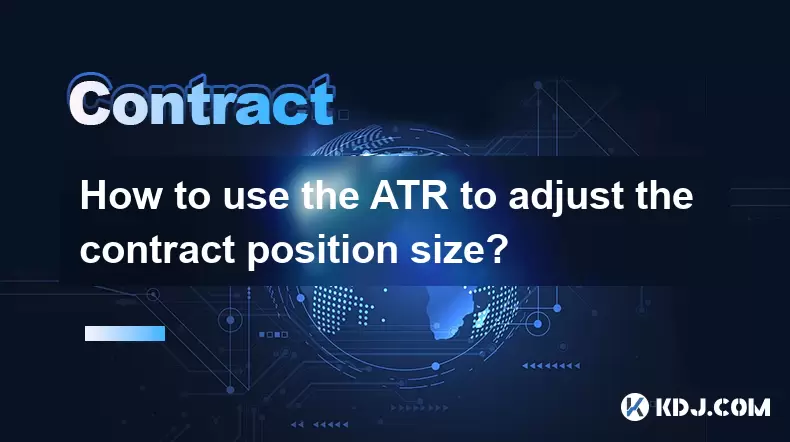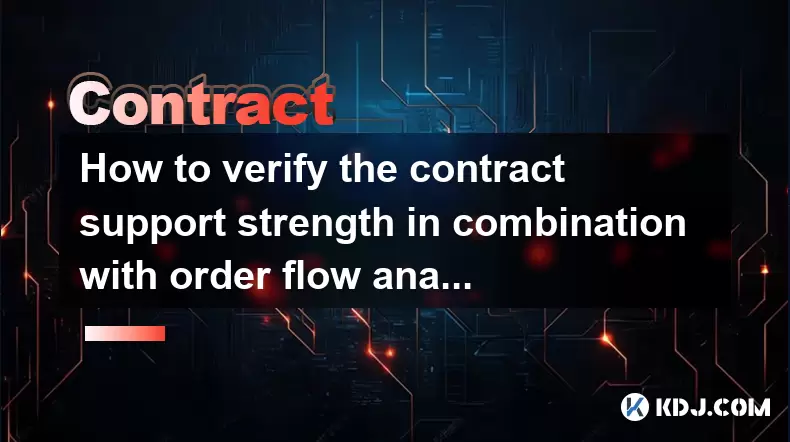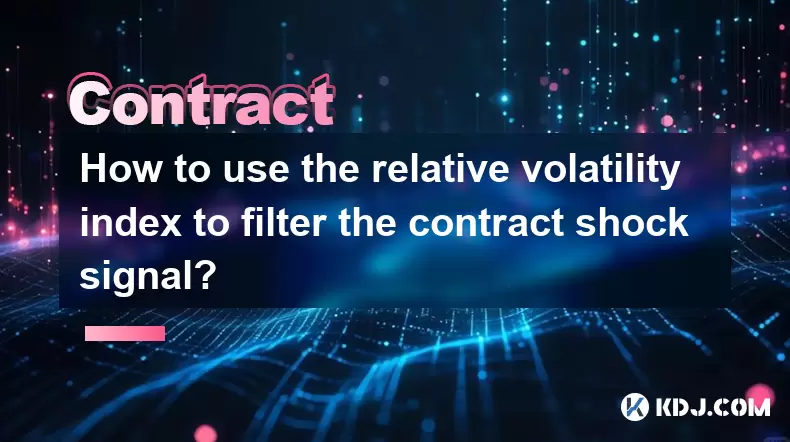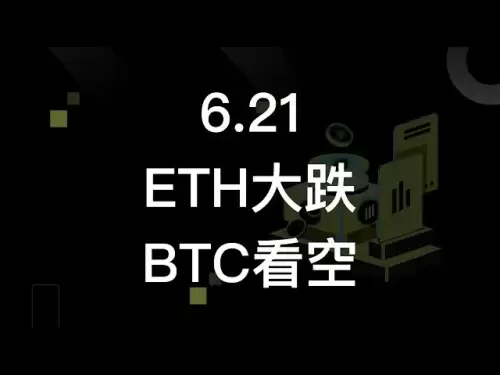-
 Bitcoin
Bitcoin $106,754.6083
1.33% -
 Ethereum
Ethereum $2,625.8249
3.80% -
 Tether USDt
Tether USDt $1.0001
-0.03% -
 XRP
XRP $2.1891
1.67% -
 BNB
BNB $654.5220
0.66% -
 Solana
Solana $156.9428
7.28% -
 USDC
USDC $0.9998
0.00% -
 Dogecoin
Dogecoin $0.1780
1.14% -
 TRON
TRON $0.2706
-0.16% -
 Cardano
Cardano $0.6470
2.77% -
 Hyperliquid
Hyperliquid $44.6467
10.24% -
 Sui
Sui $3.1128
3.86% -
 Bitcoin Cash
Bitcoin Cash $455.7646
3.00% -
 Chainlink
Chainlink $13.6858
4.08% -
 UNUS SED LEO
UNUS SED LEO $9.2682
0.21% -
 Avalanche
Avalanche $19.7433
3.79% -
 Stellar
Stellar $0.2616
1.64% -
 Toncoin
Toncoin $3.0222
2.19% -
 Shiba Inu
Shiba Inu $0.0...01220
1.49% -
 Hedera
Hedera $0.1580
2.75% -
 Litecoin
Litecoin $87.4964
2.29% -
 Polkadot
Polkadot $3.8958
3.05% -
 Ethena USDe
Ethena USDe $1.0000
-0.04% -
 Monero
Monero $317.2263
0.26% -
 Bitget Token
Bitget Token $4.5985
1.68% -
 Dai
Dai $0.9999
0.00% -
 Pepe
Pepe $0.0...01140
2.44% -
 Uniswap
Uniswap $7.6065
5.29% -
 Pi
Pi $0.6042
-2.00% -
 Aave
Aave $289.6343
6.02%
How to use the ATR to adjust the contract position size?
Cryptocurrency traders can use the Average True Range (ATR) to adjust position sizes and manage risk dynamically, especially during volatile market conditions.
Jun 21, 2025 at 10:49 am

Understanding ATR and Its Relevance in Cryptocurrency Trading
The Average True Range (ATR) is a technical analysis indicator used to measure market volatility. Originally developed for commodities, it has found widespread use in cryptocurrency trading due to the highly volatile nature of digital assets. ATR does not indicate price direction; rather, it reflects the degree of price movement over a given period. In the context of contract trading, which includes futures and perpetual contracts, ATR becomes a valuable tool for adjusting position sizes based on current market conditions.
Cryptocurrency traders can benefit from using ATR to dynamically manage risk, especially during periods of high volatility such as during major news events or sudden market corrections. By understanding how ATR works, traders can avoid overexposure when prices are erratic and take advantage of calmer markets by increasing their exposure accordingly.
How to Calculate ATR for Crypto Contracts
Before applying ATR to adjust your position size, you must first calculate it correctly. The standard period for ATR calculation is 14, although this can be adjusted depending on the trader's strategy and time frame.
To compute ATR:
- Calculate the True Range (TR) for each period, which is the greatest of the following: current high minus current low, absolute value of current high minus previous close, or absolute value of current low minus previous close.
- Take the average of the TR values over the chosen period—typically 14 bars—for the initial ATR value.
- Subsequent ATR values are smoothed using a formula: (Previous ATR × (n − 1) + Current TR) / n, where n is the number of periods.
In crypto contract trading, most platforms and charting tools like TradingView or Binance’s native tools automatically compute ATR. However, knowing how it is calculated helps traders interpret its behavior more effectively, especially during sharp price swings typical in crypto markets.
Integrating ATR into Position Sizing Strategy
Position sizing is critical in contract trading, where leverage can magnify both gains and losses. Using ATR allows traders to scale their positions according to volatility, ensuring that they're not risking too much during turbulent times or too little during stable ones.
Here’s how to integrate ATR into your position sizing:
- Determine your account risk per trade, often set at 1% to 2% of total capital for conservative strategies.
- Measure the current ATR value for the asset you're trading, say Bitcoin or Ethereum futures.
- Set your stop-loss distance in ATR multiples, for example, placing a stop-loss at 1.5× the ATR to allow room for normal price fluctuation.
- Calculate the position size using the formula: (Account Risk / (ATR × Pip/Point Value)) = Position Size.
For example, if you have a $10,000 account and are willing to risk 1% ($100), and the current ATR is $200 for BTC/USDT perpetual contract with a point value of $1 per pip, then your stop-loss could be placed at 1.5 × ATR = $300. Your position size would be $100 / $300 = 0.33 BTC.
Adjusting Leverage Based on ATR Signals
Leverage is a double-edged sword in contract trading. Higher leverage increases potential returns but also raises the risk of liquidation. Therefore, adjusting leverage dynamically based on ATR levels can improve risk management.
Consider these steps:
- Monitor ATR trends across multiple time frames to gauge whether volatility is increasing or decreasing.
- Reduce leverage when ATR rises sharply, signaling increased uncertainty and wider price swings.
- Increase leverage cautiously during low ATR environments, indicating reduced volatility and potentially smoother price action.
- Use a leverage cap—for instance, never exceeding 10x when ATR exceeds historical averages.
Many crypto exchanges offer adjustable leverage settings on their futures interfaces. For instance, on Binance Futures or Bybit, users can manually change leverage ratios before entering a position. Integrating ATR into this process ensures that leverage aligns with current market conditions rather than being static.
Practical Examples of ATR-Based Position Management
Let’s explore two real-world scenarios involving Bitcoin futures contracts:
Scenario 1:
- Current BTC price: $60,000
- ATR(14): $1,000
- Stop-loss distance: 1.5 × ATR = $1,500
- Account size: $20,000
- Risk per trade: 1% = $200
- Position size: $200 / $1,500 = ~0.13 BTC
Scenario 2:
- Current BTC price: $60,000
- ATR(14): $500
- Stop-loss distance: 1.5 × ATR = $750
- Account size: $20,000
- Risk per trade: 1% = $200
- Position size: $200 / $750 = ~0.27 BTC
These examples illustrate how position size changes inversely with ATR, helping traders maintain consistent risk exposure regardless of market volatility.
Frequently Asked Questions
Q: Can ATR be used for both long and short positions in crypto contracts?
Yes, ATR is neutral to price direction and applies equally to both long and short trades. Whether going long or short, adjusting position size and stop-loss placement based on ATR helps maintain balanced risk exposure.
Q: How frequently should I recalculate my ATR-based position size?
Recalculate whenever there's a significant change in ATR or when entering a new trade. Some traders update daily, while others do so intra-day depending on their strategy and the asset’s volatility.
Q: Is ATR suitable for all types of cryptocurrencies?
ATR is applicable to any cryptocurrency traded on a futures or perpetual contract market. It works well for major coins like BTC, ETH, and altcoins with sufficient liquidity and volatility data.
Q: What other indicators should I combine with ATR for better contract trading decisions?
Combining ATR with trend-following indicators like Moving Averages or momentum oscillators like RSI can provide a more comprehensive view of market conditions, enhancing both entry timing and risk management.
Disclaimer:info@kdj.com
The information provided is not trading advice. kdj.com does not assume any responsibility for any investments made based on the information provided in this article. Cryptocurrencies are highly volatile and it is highly recommended that you invest with caution after thorough research!
If you believe that the content used on this website infringes your copyright, please contact us immediately (info@kdj.com) and we will delete it promptly.
- Ethereum Price 2025 Outlook: Are Market Bulls Ready to Charge?
- 2025-06-21 14:25:12
- Smart Investors Pounce: Troller Cat and the Quest for High ROI in Meme Coins
- 2025-06-21 14:25:12
- XRP, Solana, Litecoin ETFs: Are They Really Happening?
- 2025-06-21 14:45:12
- XRP Ledger's Transaction Triumph: 5.1 Million in 24 Hours!
- 2025-06-21 14:45:12
- BONK Price Check: Support Zone and a Bold 2025 Forecast
- 2025-06-21 14:45:13
- WEMIX PLAY Update 2025: Leveling Up the Web3 Gaming Experience
- 2025-06-21 14:45:13
Related knowledge

How to use the price slope to filter the false breakthrough signal of the contract?
Jun 20,2025 at 06:56pm
Understanding the Concept of Price Slope in Contract TradingIn contract trading, especially within cryptocurrency derivatives markets, price slope refers to the rate at which the price changes over a specific time period. It helps traders assess the strength and sustainability of a trend. A steep slope may indicate strong momentum, while a shallow slope...

How to determine the expected volatility of the contract through the volatility cone?
Jun 19,2025 at 12:28pm
Understanding the Basics of Volatility in Cryptocurrency ContractsIn the realm of cryptocurrency trading, volatility is a key metric that traders use to assess potential risk and reward. When dealing with futures contracts, understanding how volatile an asset might become over time is crucial for position sizing, risk management, and strategy developmen...

How to use the volume swing indicator to predict the contract volume-price divergence?
Jun 18,2025 at 11:42pm
Understanding the Volume Swing IndicatorThe volume swing indicator is a technical analysis tool used primarily in cryptocurrency trading to evaluate changes in volume over time. Unlike price-based indicators, this metric focuses solely on trading volume, which can provide early signals about potential market reversals or continuations. The key idea behi...

How to use the Gaussian channel to set the contract trend tracking stop loss?
Jun 18,2025 at 09:21pm
Understanding the Gaussian Channel in Cryptocurrency TradingThe Gaussian channel is a technical indicator used primarily in financial markets, including cryptocurrency trading, to identify trends and potential reversal points. It is based on statistical principles derived from the normal distribution, commonly known as the Gaussian distribution or bell ...

How to verify the contract support strength in combination with order flow analysis?
Jun 20,2025 at 12:28pm
Understanding Contract Support Strength in CryptocurrencyIn the realm of cryptocurrency trading, contract support strength refers to the resilience of a price level where buying interest is expected to overcome selling pressure. This concept becomes even more nuanced when analyzed alongside order flow, which provides insights into the dynamics of buy an...

How to use the relative volatility index to filter the contract shock signal?
Jun 18,2025 at 08:56pm
Understanding the Relative Volatility Index (RVI)The Relative Volatility Index (RVI) is a technical indicator that helps traders assess the volatility of an asset in relation to its recent price movements. Unlike traditional indicators like Bollinger Bands or Average True Range, RVI focuses on the deviation of prices from their mean over a specific peri...

How to use the price slope to filter the false breakthrough signal of the contract?
Jun 20,2025 at 06:56pm
Understanding the Concept of Price Slope in Contract TradingIn contract trading, especially within cryptocurrency derivatives markets, price slope refers to the rate at which the price changes over a specific time period. It helps traders assess the strength and sustainability of a trend. A steep slope may indicate strong momentum, while a shallow slope...

How to determine the expected volatility of the contract through the volatility cone?
Jun 19,2025 at 12:28pm
Understanding the Basics of Volatility in Cryptocurrency ContractsIn the realm of cryptocurrency trading, volatility is a key metric that traders use to assess potential risk and reward. When dealing with futures contracts, understanding how volatile an asset might become over time is crucial for position sizing, risk management, and strategy developmen...

How to use the volume swing indicator to predict the contract volume-price divergence?
Jun 18,2025 at 11:42pm
Understanding the Volume Swing IndicatorThe volume swing indicator is a technical analysis tool used primarily in cryptocurrency trading to evaluate changes in volume over time. Unlike price-based indicators, this metric focuses solely on trading volume, which can provide early signals about potential market reversals or continuations. The key idea behi...

How to use the Gaussian channel to set the contract trend tracking stop loss?
Jun 18,2025 at 09:21pm
Understanding the Gaussian Channel in Cryptocurrency TradingThe Gaussian channel is a technical indicator used primarily in financial markets, including cryptocurrency trading, to identify trends and potential reversal points. It is based on statistical principles derived from the normal distribution, commonly known as the Gaussian distribution or bell ...

How to verify the contract support strength in combination with order flow analysis?
Jun 20,2025 at 12:28pm
Understanding Contract Support Strength in CryptocurrencyIn the realm of cryptocurrency trading, contract support strength refers to the resilience of a price level where buying interest is expected to overcome selling pressure. This concept becomes even more nuanced when analyzed alongside order flow, which provides insights into the dynamics of buy an...

How to use the relative volatility index to filter the contract shock signal?
Jun 18,2025 at 08:56pm
Understanding the Relative Volatility Index (RVI)The Relative Volatility Index (RVI) is a technical indicator that helps traders assess the volatility of an asset in relation to its recent price movements. Unlike traditional indicators like Bollinger Bands or Average True Range, RVI focuses on the deviation of prices from their mean over a specific peri...
See all articles

























































































